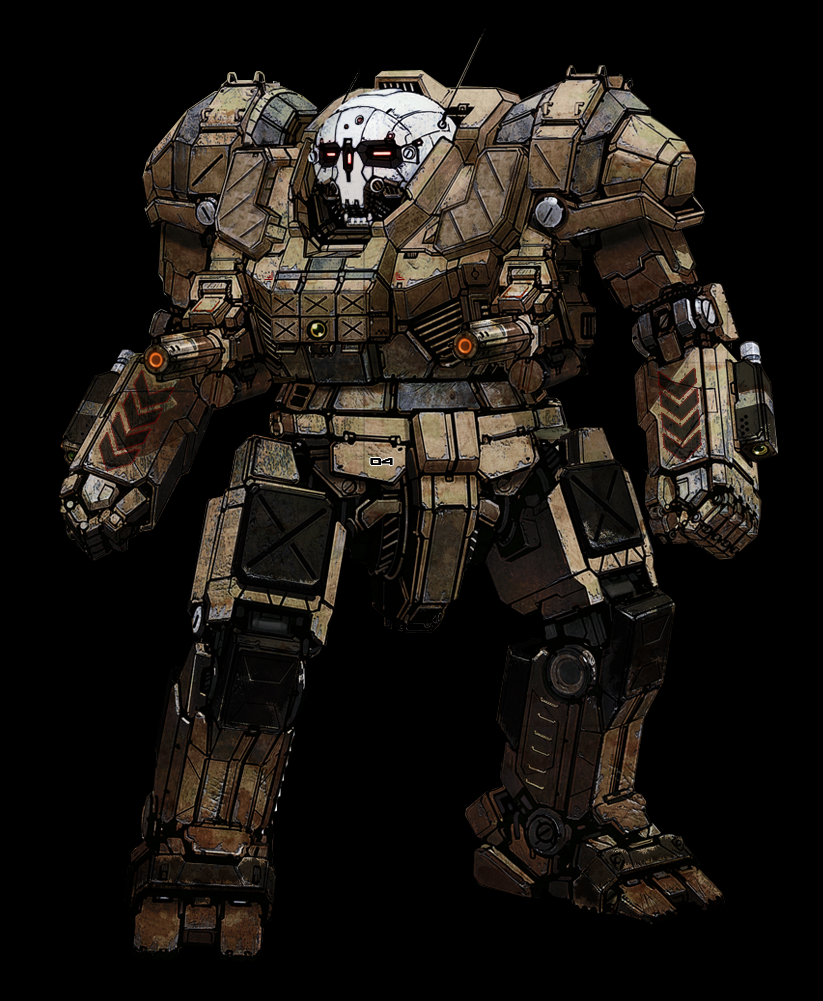
Putting the “Science” in “Science Fiction” – The Rocketeer
For all of human history, mankind has been fascinated with the idea of flight. Stories that involve human beings taking to the air continue from the ancient Greek myth of Icarus to modern films and video games. Although aircraft have made flight possible and even commonplace over the last century, people still have a fascination with flying outside of an aircraft.
The method by which this feat is possible varies. Flying has become more technically sophisticated with time, but the theme remains the same. Cliff Secord, the protagonist of The Rocketeer, manages to fulfill this dream by donning an experimental jetpack and taking to the skies. In the film, Secord’s jet pack allows him to fly around with great speed and agility, steering by the combined effort of throttle control and the fin mounted on his helmet. In fiction the jet pack may seem like a simple and easy device to construct, the reality is that current technology greatly limits the jet pack’s potential.

One of the main concerns about jetpacks is the safety of the operator. As the jetpack contains many inherently dangerous elements that can cause fatalities if handled improperly. A jetpack uses superheated gasses in order to produce lift and thrust, and if these jets come too close to the user’s body it could cause severe burns as well as risking ignition of their clothing and the jetpack itself. The heat caused by the jetpack’s engines can also prove dangerous to the device’s components, especially if its internal workings are not properly insulated against the heat.
The traditional jet pack consists of a back mounted thruster. The jet pack assembly would be difficult to control without vectored thrusters. Although using thrust vectoring for control would be possible, it would also add weight, expense, and mechanical complexity to the jet pack. Any lack of control of a jet pack would be catastrophic, as the operator would have almost no protection from impacts and most jet pack flights occur below the minimum altitude at which parachutes will open.
There are also technical limitations that have halted jet pack development. These include the size and weight limitations which prevent a jet pack from carrying a large amount of fuel. Research continues into creating jet packs however, and several potential solutions to these problems have already been discovered. As technology progresses it is likely that jet packs will one day become more commonly available.
The first attempt to create a device similar to a jet pack was carried out by Nazi scientists, much like in The Rocketeer. These devices were called Himmelstürmer and consisted of a set of small rocket engines strapped to the user’s back. These simple packs were intended to allow battlefield engineers to cross minefields, barbed wire, and rivers safely, and employed a series of long rocket-assisted jumps rather than true flight. These devices were tested with no reported casualties, and bypassed many of the inherent problems with jet packs by making short leaps using little fuel. This made the devices controllable and also prevented the engines from overheating. Although the system seems to have worked, it was still experimental when the Second World War ended and never went into production. There are rumours that at least one prototype was brought to America, where it was examined by scientists attempting to create their own jet packs. These American scientists built a similar device, which used hydrogen peroxide fuel instead of rocket engines and allowed for up to 20 seconds of operation. The design was later revisited in the 1990’s, but this time the improved design held 30 seconds of fuel. Jump packs like these may not qualify as true jet packs, but they are certainly a step in the right direction, and could have many applications while being cheaper and safer to operate.

Winged jetpacks such as the one created by “Jetman” Yves Rossy helped to solve many of the problems inherent in jet packs. The large wing surface provides the user with greater control over their flight and helps to keep the flight more stable than a simple rocket would. The wing also provides lift to the person using it, allowing them to stay airborne for a longer period of time while using less fuel than a wingless version. This allows for longer and higher flights than would otherwise be possible. The wing also helps protect the wearer from the hazardous engine exhaust by allowing the engines to be mounted away from the person’s body. Rossy’s jetpack uses four model jet engines to provide sufficient thrust to let him soar through the air, and the wing’s size allows him to carry enough fuel for a 10 minute flight. The space inside the wing can be put to other uses as well, and Rossy has outfitted his jetpack with its own parachute, as well as the one he personally wears. If there is a malfunction, he can jettison the pack and be carried to safety.
Another type of flight system is the helicopter pack, which is operated like a jet pack but uses fans or rotors to provide lift. These types of devices, like the Martin Jetpack and Solotrex XFV, are currently larger and heavier than jet packs and so cannot be worn while walking around, but they have a larger fuel capacity. The long flight time and safety of these devices seems very promising for the future creation of mass produced versions.

Although soaring through the air like a bird would be wonderful, the risks of such an endeavour might give many people pause. For those who want to experience the thrill of using a jet pack, but do not want to strap a tank of explosive fuel to their back the Jetlev company offers the Jetlev R200, a backpack jet system mounted to a boat-shaped float by a long hose. The backpack takes in water through the float and jets it downwards, lifting the user up to 30 feet above the water’s surface and allowing them to stay aloft for four hours before the system runs out of fuel. The system is limited to use over water, but it offers an experience similar to a jet pack for those who want to try one.
Jet packs have been features of science fiction for nearly a century and research into producing them has been going on for decades. As jet pack technology improves mankind’s ancient dream of flying through the air like a bird may soon become reality.












